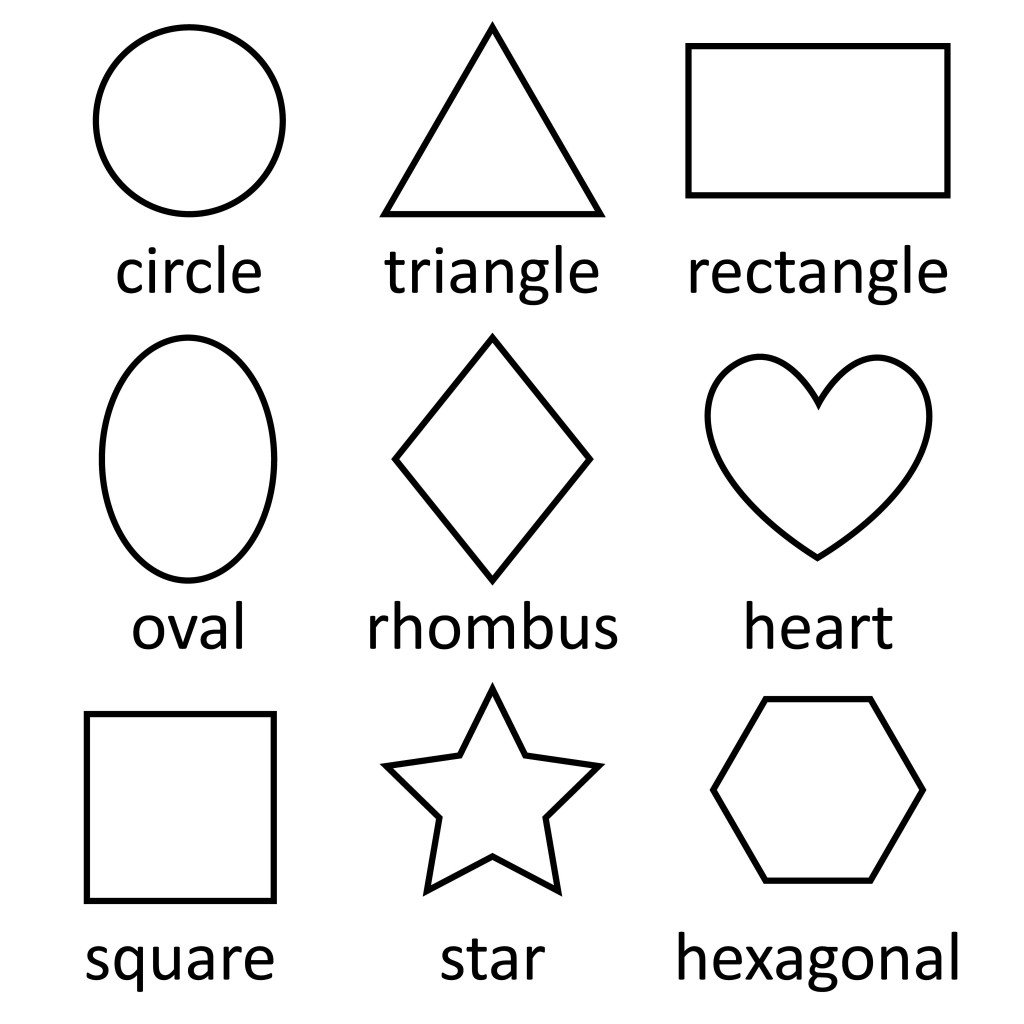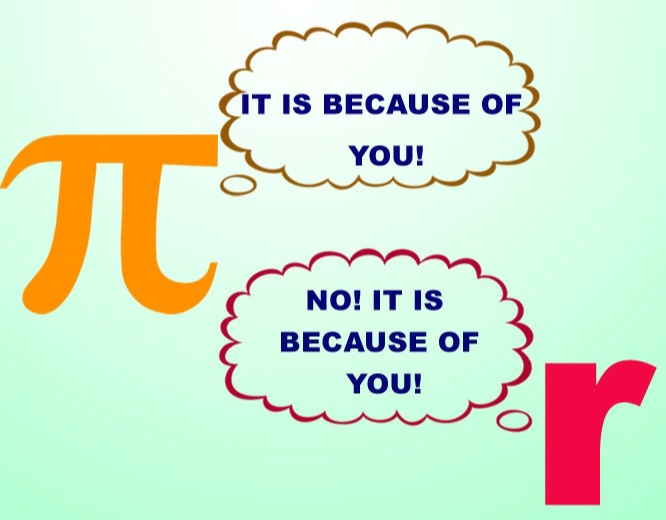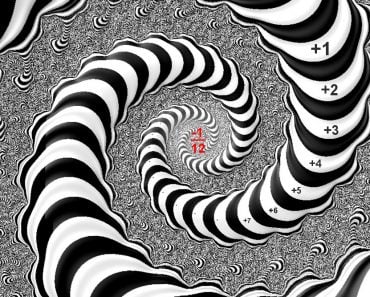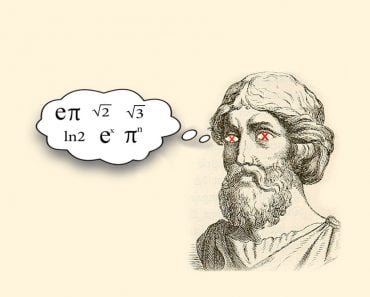Table of Contents (click to expand)
We can never completely get rid of errors, so an exact value might refer to something that is simply more precise, or something less erroneous. Inaccuracy is everywhere.
Grade school has instilled one thing upon most of us—the area of a circle is pi times the radius squared. Simply substitute the radius and there you have it, the area of a circle right at your fingertips. Although this seems like a piece of cake, there’s one thing that we’re forgetting. Pi has an endless expression, so no matter how many digits of pi we consider when calculating the area of a circle, it can never truly be exact. This legendary irrational number contains more decimal places than stars in the universe, so no amount of numbers seems sufficient if you’re chasing down 100% accuracy.
Recommended Video for you:
Pi Is Irrational, Not Inaccurate

Pi is a non-terminating and non-recurring irrational number. When we say that pi is infinite, we intend to say that pi has an infinite expression, not an infinite value. Pi is a real number that exists, but since it has an expansion that never ends, its decimal representation becomes tricky. We say all this because we want to stress the fact that pi has an infinite expression, but a finite value. It is not inaccurate, it’s simply irrational.
The more digits of pi that you consider, the more precise the answer you will get. This does not suggest that using pi makes an answer inaccurate; on the contrary, it being endless only gives us an answer that is more precise.
That being said, we can’t solely blame the continual expansion of pi for not being able to give us an exact answer. Inaccuracy is everywhere.
Nothing Is Ever Precise
We can never know anything with complete precision. Length, mass, volume and other quantities can only be known to a certain level of precision. Even when measuring the radius of a circle, the radius being measured has limited precision. Hence, while calculating a circle’s area, this uncertainty comes into play and the answer has some amount of error. Nothing can ever be devoid of errors. There is some error in everything, so that’s the way we deal with things. We can never be 100% sure of our results.
Hence, not only is it impossible to ever determine the exact value of the area of a circle, but it is equally impossible to measure any area with 100% accuracy. The area of regular polygons, such as squares and rectangles, involves the measurement of the length of their sides, which is not immune from inaccuracy.

Additionally, what do we mean by exact? Exact, as in something with zero error, or exact meaning something with more precision? The latter. We can never eliminate errors entirely, so an exact value might refer to something more precise, or something less erroneous.
The plausible solution to reduce inaccuracy while determining the area of a circle is to think of getting a rational number as an answer. Will that help the situation in any way?
Does Having A Rational Number As The Area Give Us A Precise Answer?
First of all, how do we get a rational number as the area when it is a function of an irrational number? Always remember that the product of two rational numbers is always rational, whereas the product of two irrational numbers may or may not be rational.
The area of a circle is pi times radius squared. Here, we take the value of radius such that we get a rational number as the answer.
Let r= √(x/yπ) where x,y ∈ℤ
Hence, the area = π×[√(x/yπ)]²
Area= x/y, where x,y ∈ℤ
Therefore, it seems that having the radius be irrational here gives us an area that is exact and rational. Having said that, what may escape our notice is that both the radius and pi are irrational in this case, which brings us back to square one. While we wanted a rational answer, we ignored the fact that we used irrational quantities to reach that rational answer. Imagine having to measure the radius with a value equal to 1/√π. Sounds like a bit of a nightmare.
Besides, rational numbers can also be non-terminating. Thus, having a rational number might still not be of use unless it has a finite decimal expansion!
This further validates the preceding discussion—that nothing can ever be completely free of errors!

A Final Word
We have come to the conclusion that we can never fully nullify errors. What we can do is try to reduce them. In many cases, the errors produced are so insignificant that we don’t need to break our heads thinking about them. For example, to calculate the circumference of the universe, with precision to the size of a hydrogen atom, we don’t require more than 15 decimal places of pi. The resulting inaccuracy is only about 1.5 inches!
Try to imagine a 25-billion mile diameter circle, and only getting the measurement wrong by a few inches! That is as insignificant as losing one grain of rice from a bag containing more than 107,082.5 billion grains of rice!
For calculating the area of a circle with a radius of 2 cm in grade school, setting pi as equal to 3.141 is more than enough! Even so, this article will help you show off your newfound knowledge to friends, and more importantly, help you understand that nothing can ever be completely accurate!












